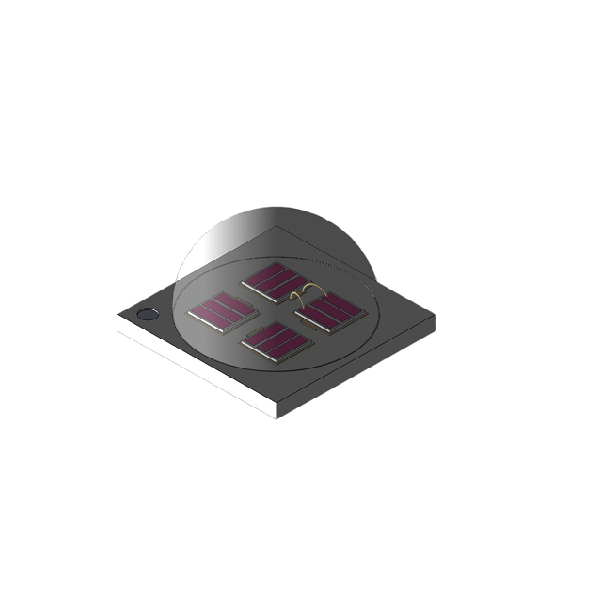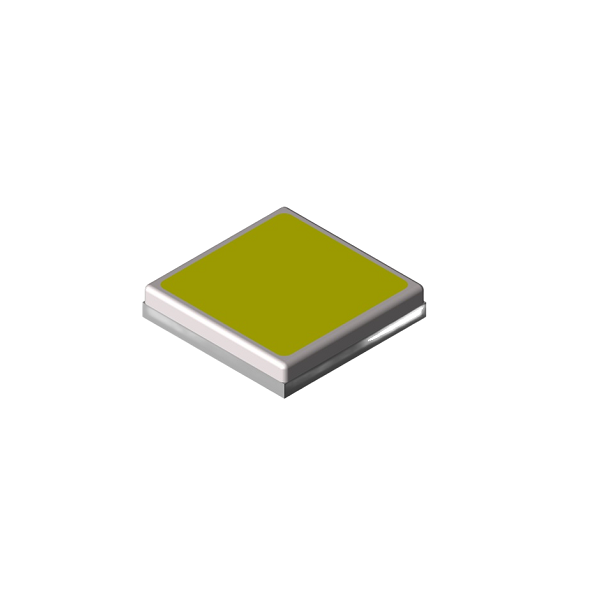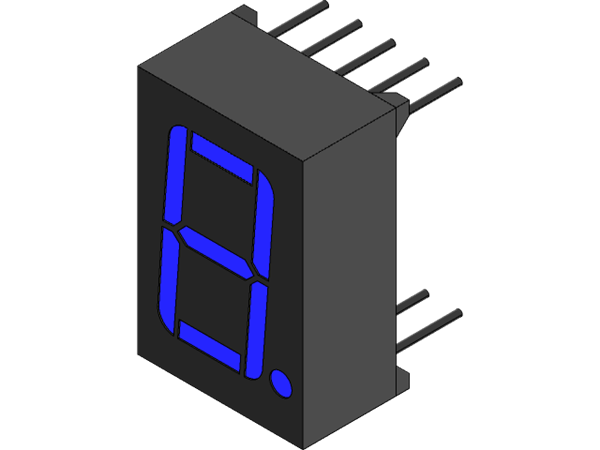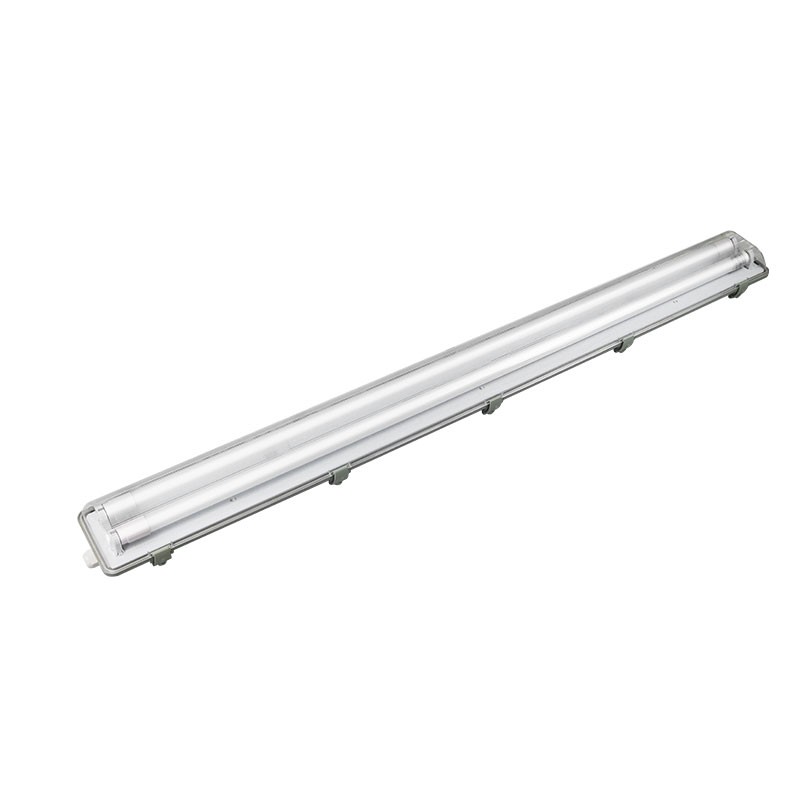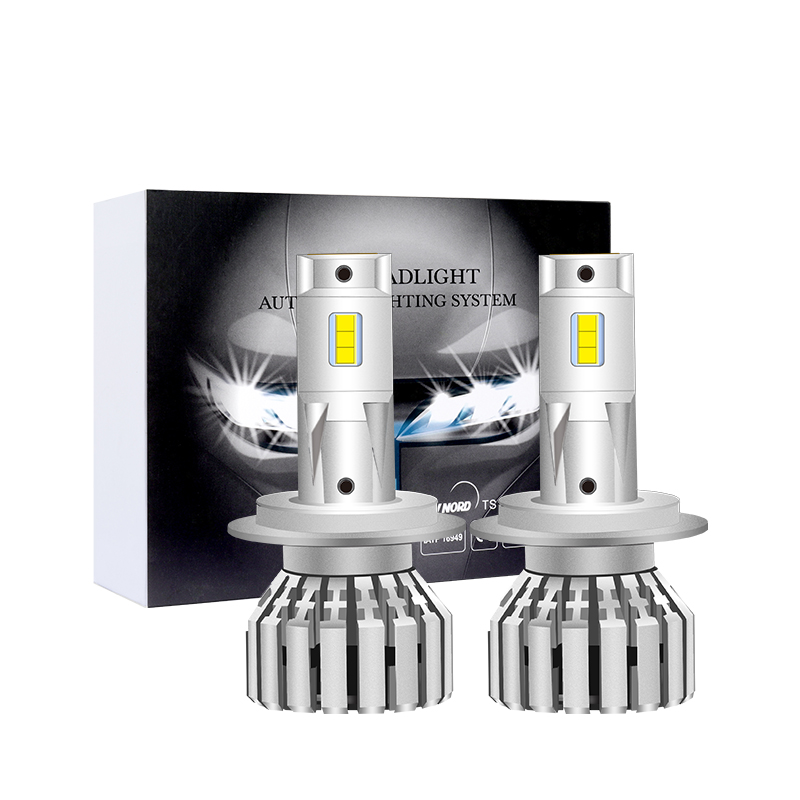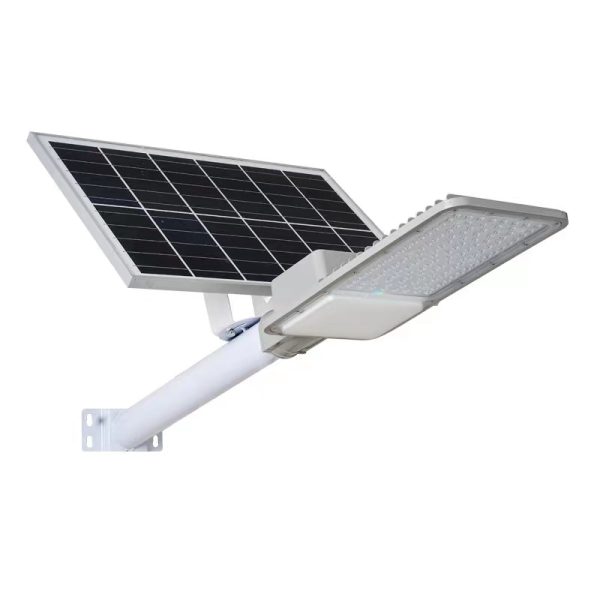Biomedical optical devices
Biomedical optical devices: Mainly develops, produces and sells LED optics, lenses, and receiver equipment for capturing and processing optical signals in the biomedical field. This device combines technologies from multiple fields such as optics, electronics, and biomedical engineering to achieve high-resolution, high-sensitivity imaging and detection of structures and functions in biological samples or organisms.
main component:
Optical lenses: Used to collect and focus light from biological samples or organisms. The design and manufacturing of lenses need to take into account factors such as wavelength, numerical aperture, working distance, etc. to ensure that the imaging quality and resolution meet the requirements.
Receiver: Usually a photodetector such as a CCD (Charge Coupled Device) or CMOS (Complementary Metal Oxide Semiconductor) image sensor. These receivers convert optical signals into electrical signals for digital processing and analysis.
Signal processing circuit: used to amplify, filter and digitally process the electrical signals output by the receiver for subsequent data analysis and image reconstruction.
Application areas:
Microscopy imaging: In fields such as cell biology, histology, and pathology, biomedical optics lens receivers can be used to capture the microstructure of cells, tissues, and organisms, providing researchers with detailed morphological and functional information.
Endoscopy: In endoscopic surgery, this equipment can be used to observe and record the conditions of internal organs such as the digestive tract and respiratory tract in real time, helping doctors to make accurate diagnosis and treatment.
Fluorescence imaging: By exciting fluorescent substances in biological samples, specific molecules or cells can be marked and tracked to study molecular processes and cellular behaviors in organisms.
Spectral analysis: By measuring the absorption, reflection and scattering characteristics of biological samples to light of different wavelengths, information about the chemical composition and structure of the samples can be obtained, providing a basis for the diagnosis and treatment of diseases.
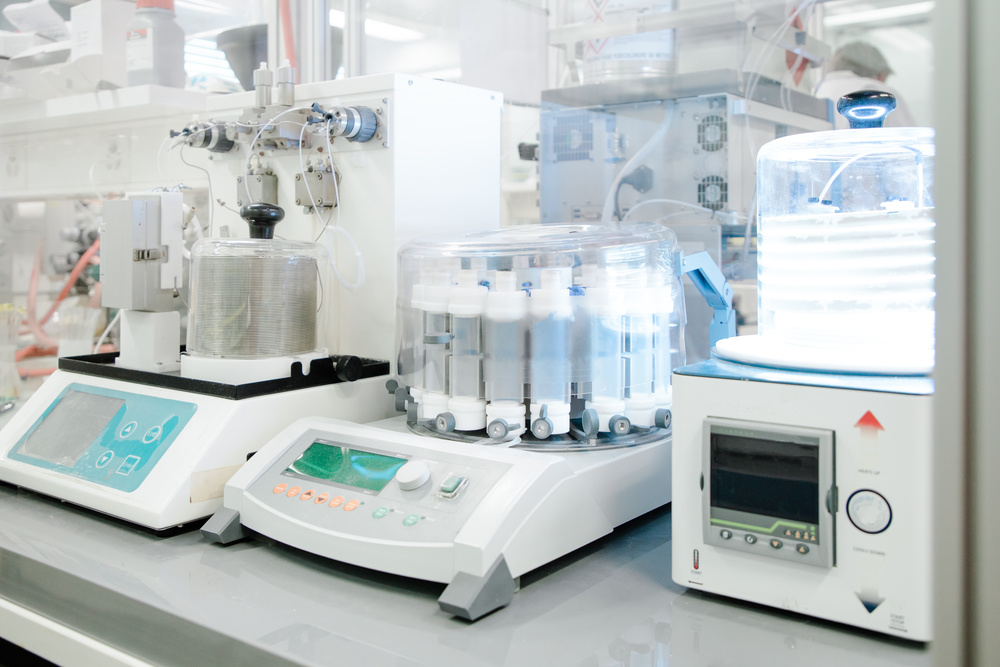
development trend:
With the continuous development of optical, electronic and biomedical engineering technologies, biomedical optics lens receivers are also constantly advancing and innovating. In the future, such devices may have higher resolution, faster imaging speed, lower noise, and higher sensitivity to meet the growing needs of the biomedical field. At the same time, with the application of technologies such as artificial intelligence and machine learning, the capabilities of this device in image analysis and disease diagnosis will also be further improved.


